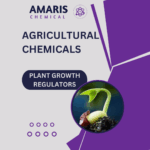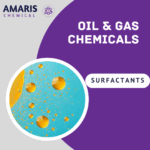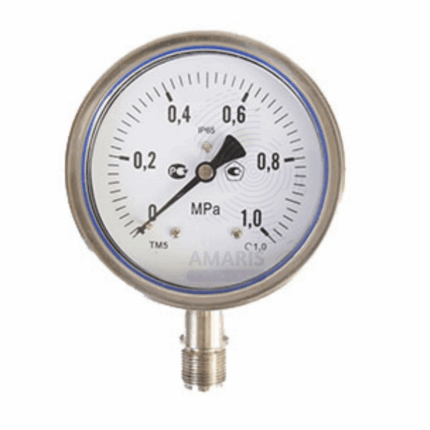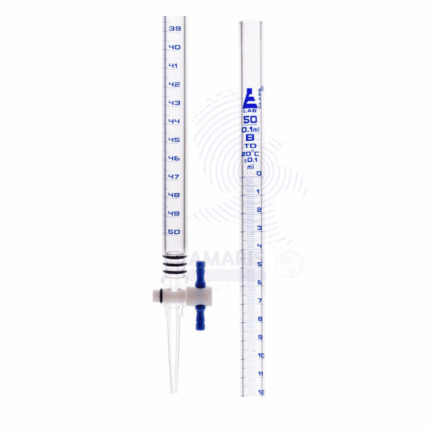

Smoke cell
$23.37 Original price was: $23.37.$20.25Current price is: $20.25.
A smoke cell is a specialized laboratory apparatus designed to capture and observe smoke particles generated from combustion or pyrolysis processes. Typically made of transparent glass, it allows researchers to study the physical and chemical properties of smoke in a controlled environment. Smoke cells are often used for analyzing particle size, distribution, and composition, as well as for examining light scattering and absorption behaviors. They play a crucial role in fields like atmospheric science, environmental chemistry, and material safety, enabling experiments that simulate real-world smoke interactions with air and light. Their transparent design facilitates direct observation and measurement, making them an invaluable tool for understanding smoke behavior and its implications.
Uses of Smoke cell
- Smoke Particle Analysis:
Smoke cells allow researchers to observe and analyze the behavior, size distribution, and composition of smoke particles produced from various sources, such as combustion or pyrolysis.
- Optical Studies:
They are used in experiments to study light scattering and absorption by smoke particles, helping to understand how smoke interacts with light, which is important in fields like atmospheric science and optics.
- Chemical Reactions:
Smoke cells can be employed in studies of chemical reactions involving smoke particles, including the formation of secondary organic aerosols and their effects on air quality.
- Toxicity Testing:
Researchers may use smoke cells to assess the toxicity of smoke generated from different materials, aiding in safety evaluations for products that may produce smoke when burned.
- Modeling Atmospheric Processes:
Smoke cells can simulate environmental conditions to study how smoke particles behave in the atmosphere, including their transport, transformation, and impact on climate.
- Educational Purposes:
In educational settings, smoke cells can be used to demonstrate the principles of aerosol science, combustion, and environmental chemistry in a controlled lab environment.


 Emollients
Emollients Humectants
Humectants UV Filters
UV Filters Surfactants (cosmetic)
Surfactants (cosmetic) Preservatives (cosmetic)
Preservatives (cosmetic) Fragrances and Essential Oils
Fragrances and Essential Oils Antioxidants (cosmetics)
Antioxidants (cosmetics)
 Solvents (lab)
Solvents (lab) Chromatography Chemicals
Chromatography Chemicals Microbiology and Cell Culture Reagents
Microbiology and Cell Culture Reagents Biochemical Reagents
Biochemical Reagents Inorganic and Organic Standards
Inorganic and Organic Standards Spectroscopy Reagents
Spectroscopy Reagents Molecular Biology Reagents
Molecular Biology Reagents
 Precious Metal Extraction Agents
Precious Metal Extraction Agents
 Plasticizers
Plasticizers Polymerization Initiators
Polymerization Initiators Stabilizers
Stabilizers Monomers
Monomers Fillers and Reinforcements
Fillers and Reinforcements Antioxidants (plastics)
Antioxidants (plastics) Colorants (plastic pigments,Dyes)
Colorants (plastic pigments,Dyes)
 Fertilizers
Fertilizers Plant Growth Regulators
Plant Growth Regulators Soil Conditioners
Soil Conditioners Animal Feed Additives
Animal Feed Additives Biostimulants
Biostimulants
 Dough Conditioners
Dough Conditioners Flour Treatments
Flour Treatments Fat Replacers
Fat Replacers Preservatives (baking)
Preservatives (baking)
 Surfactants (cleaning)
Surfactants (cleaning) Builders
Builders Bleaching Agents
Bleaching Agents Enzymes
Enzymes Solvents (cleaning)
Solvents (cleaning) Fragrances
Fragrances Disinfectant
Disinfectant Metal cleaning
Metal cleaning
 Binders/Resins
Binders/Resins Pigments
Pigments Solvents (paint)
Solvents (paint) Additives
Additives Driers
Driers Anti-Corrosion Agents
Anti-Corrosion Agents Specialty Coatings
Specialty Coatings Functional Coatings
Functional Coatings Application-Specific Coatings
Application-Specific Coatings
 Sealants and Adhesives
Sealants and Adhesives
 Biodegradable Surfactants
Biodegradable Surfactants Bio-based Solvents
Bio-based Solvents Renewable Polymers
Renewable Polymers Carbon Capture Chemicals
Carbon Capture Chemicals Wastewater Treatment Chemicals
Wastewater Treatment Chemicals
 Preservatives (food)
Preservatives (food) Flavor Enhancers
Flavor Enhancers Acidulants
Acidulants Sweeteners
Sweeteners Emulsifiers
Emulsifiers Antioxidants (food)
Antioxidants (food) Colorants (food)
Colorants (food) Nutrient Supplements
Nutrient Supplements Nutraceutical Ingredients
Nutraceutical Ingredients
 Fresh Herbs
Fresh Herbs Whole Spices
Whole Spices Ground Spices
Ground Spices Spice Blends
Spice Blends
 Surfactants(oil)
Surfactants(oil)
 Antibiotics
Antibiotics Active Pharmaceutical Ingredients
Active Pharmaceutical Ingredients Excipients
Excipients Vaccine Adjuvants
Vaccine Adjuvants Nutraceutical Ingredients
Nutraceutical Ingredients Solvents (pharmaceutical)
Solvents (pharmaceutical)
 Automotive chemicals
Automotive chemicals Pyrotechnic Chemicals
Pyrotechnic Chemicals


 Vulcanizing Agents
Vulcanizing Agents Accelerators & Retarders
Accelerators & Retarders Antidegradants
Antidegradants Reinforcing Agents
Reinforcing Agents Plasticizers & Softeners
Plasticizers & Softeners Fillers & Extenders
Fillers & Extenders Blowing Agents
Blowing Agents Adhesion Promoters
Adhesion Promoters























Reviews
There are no reviews yet.